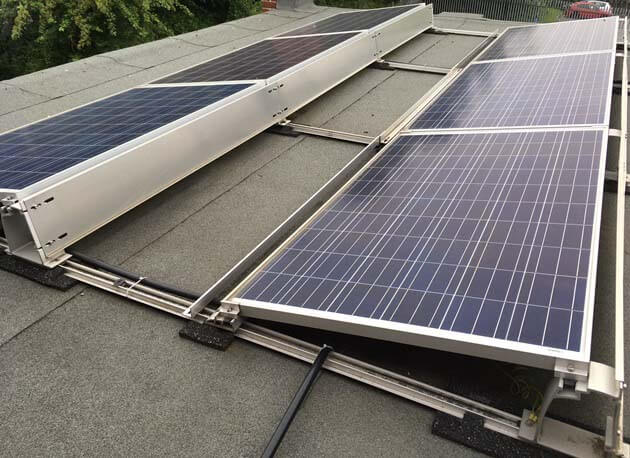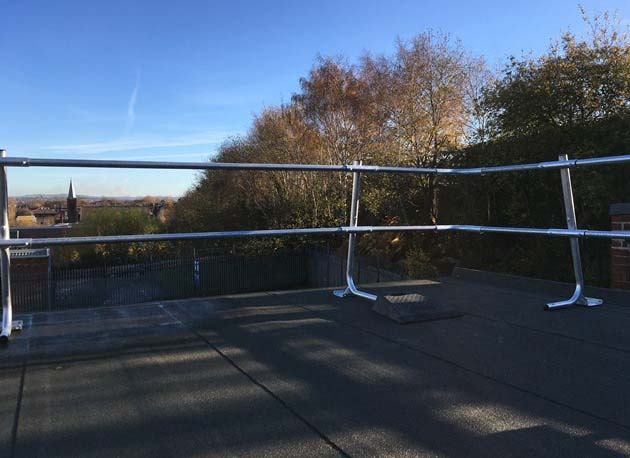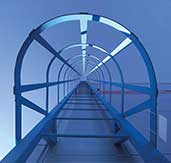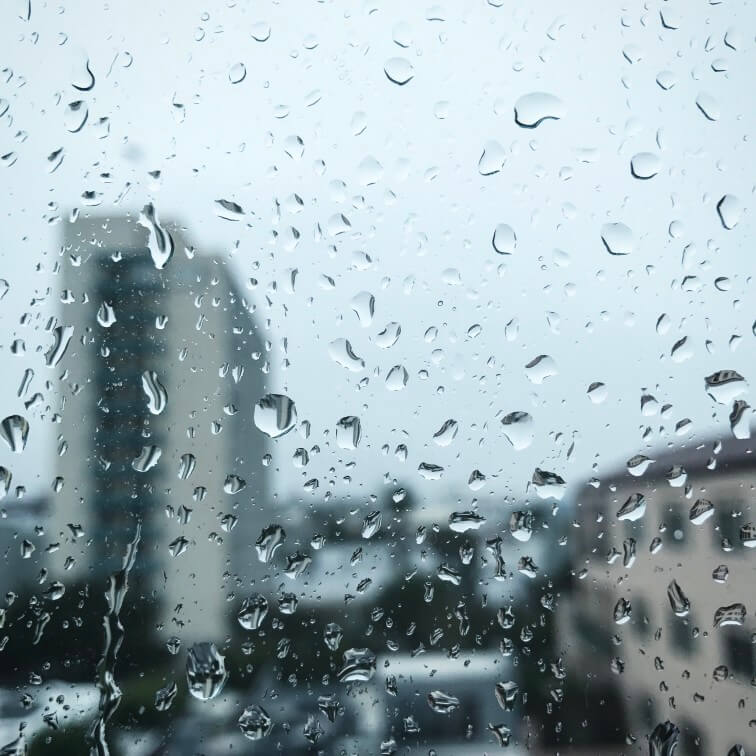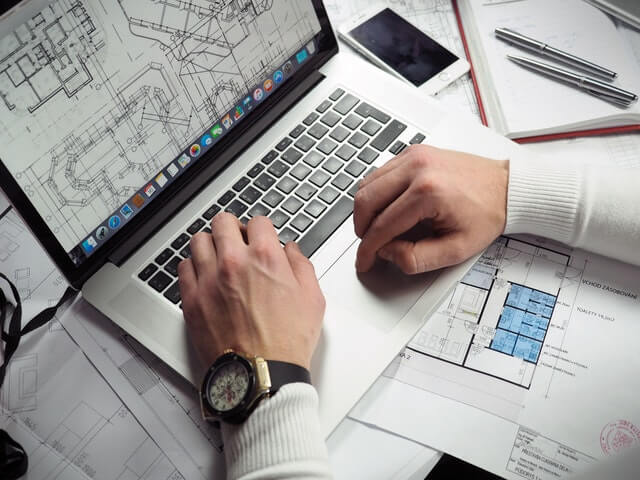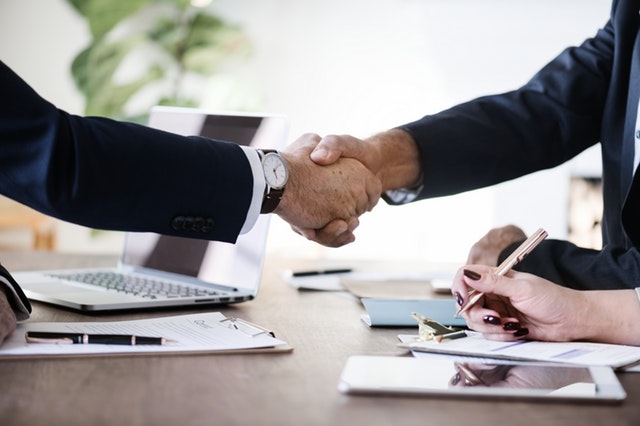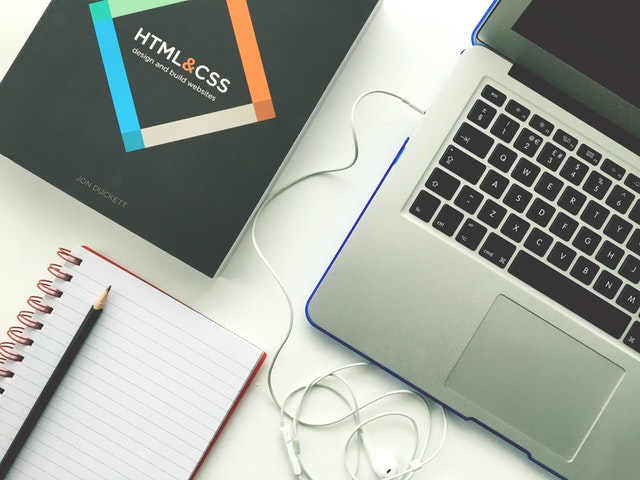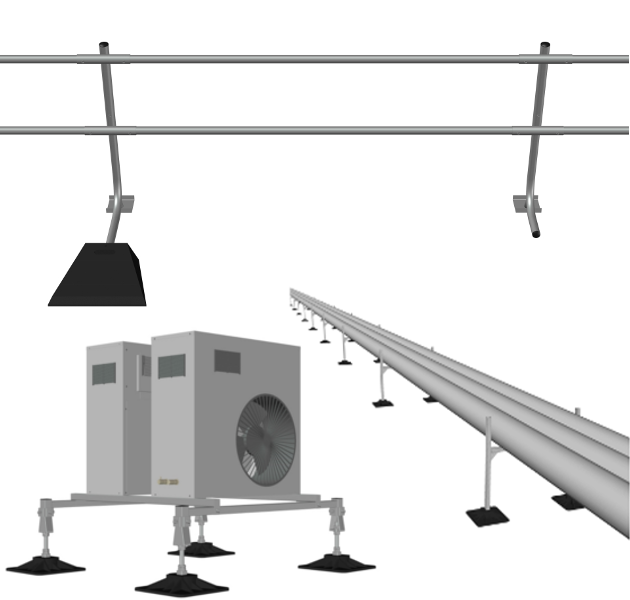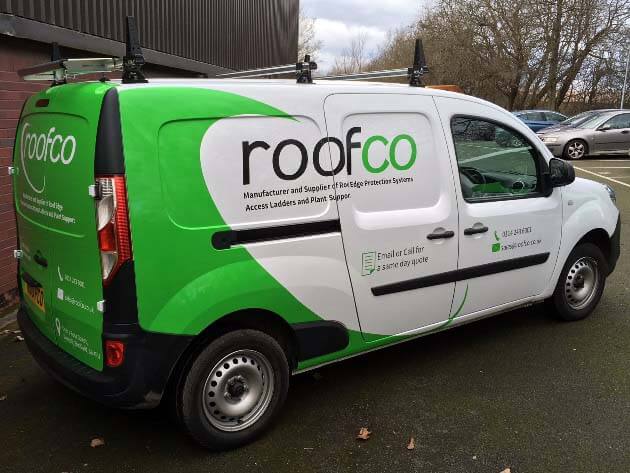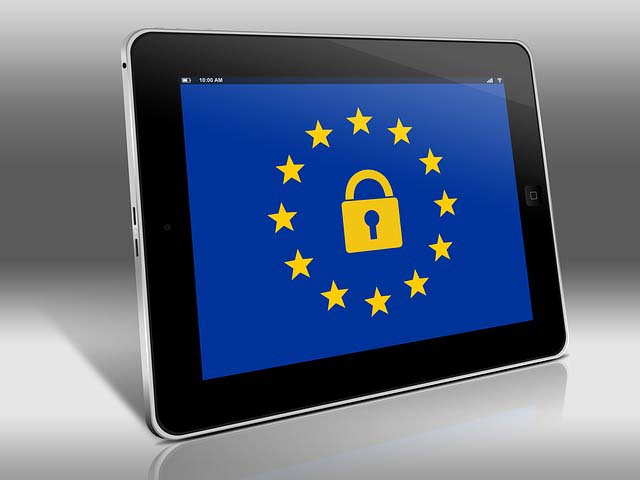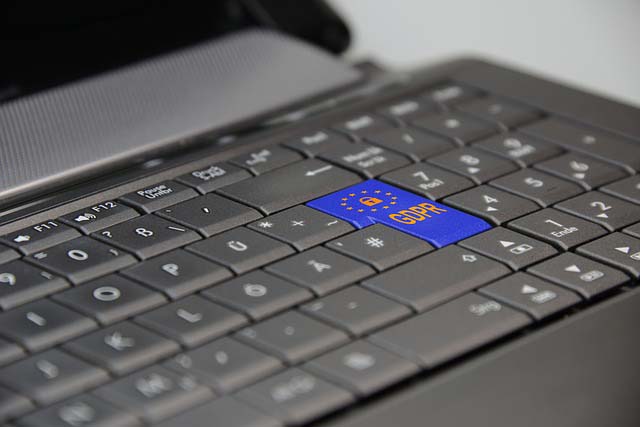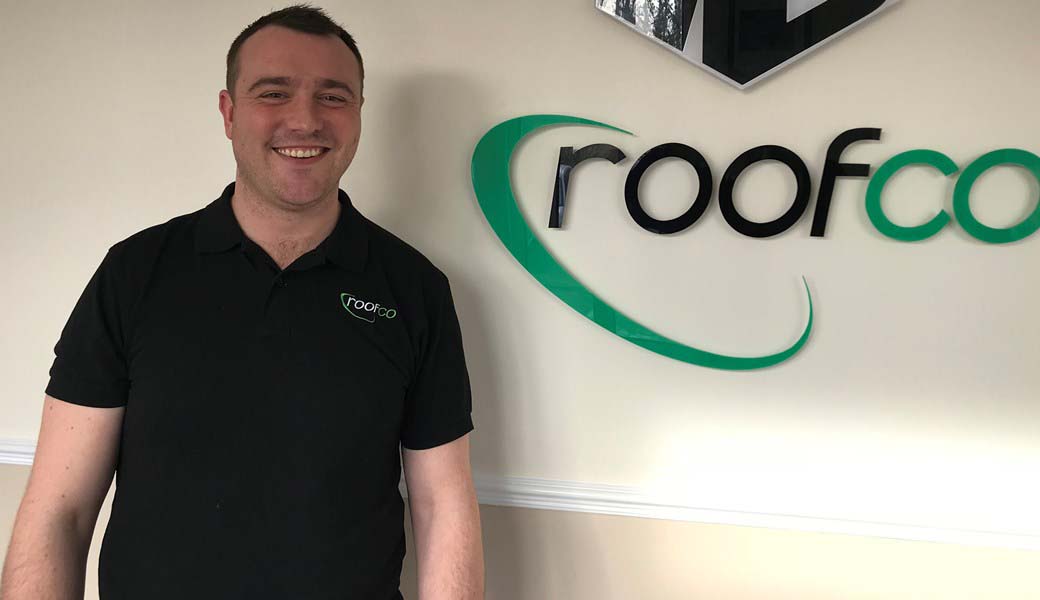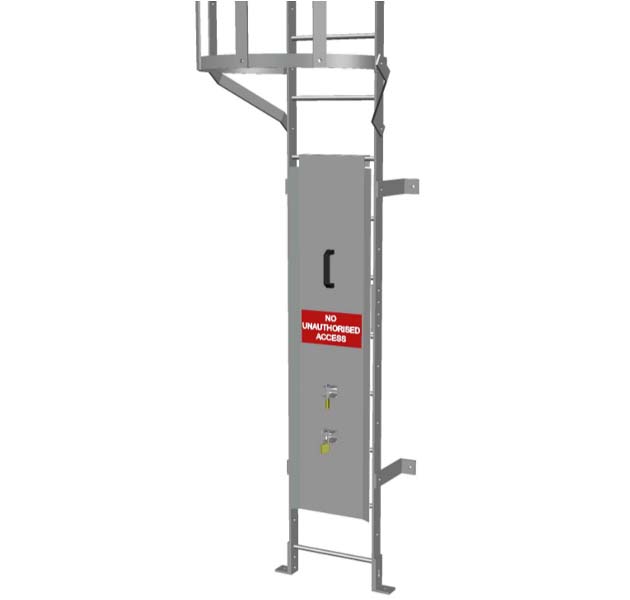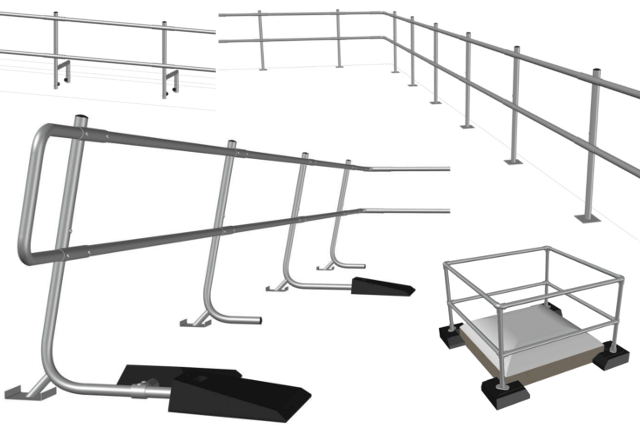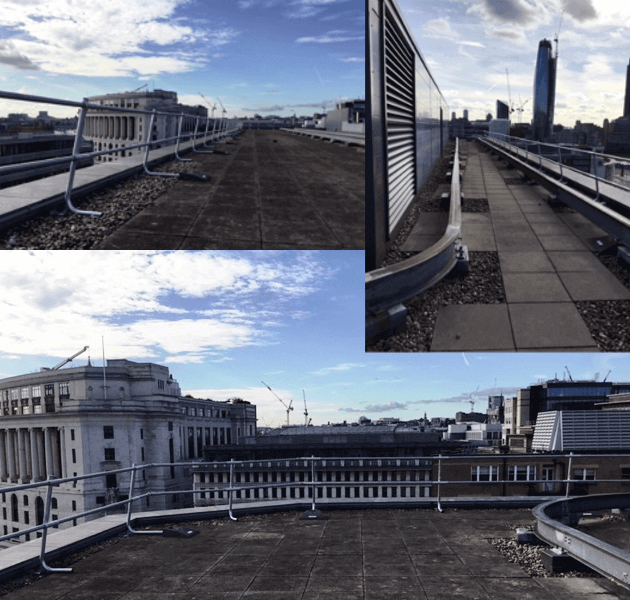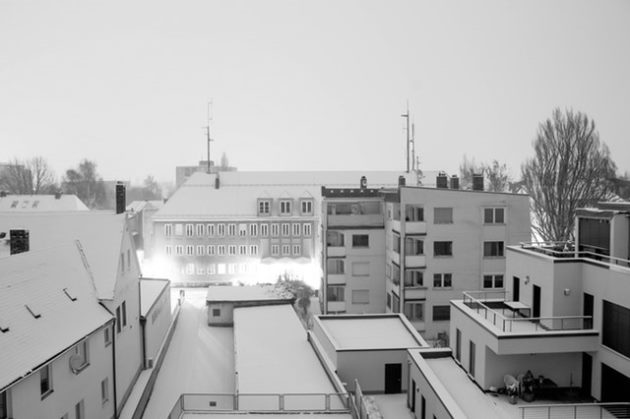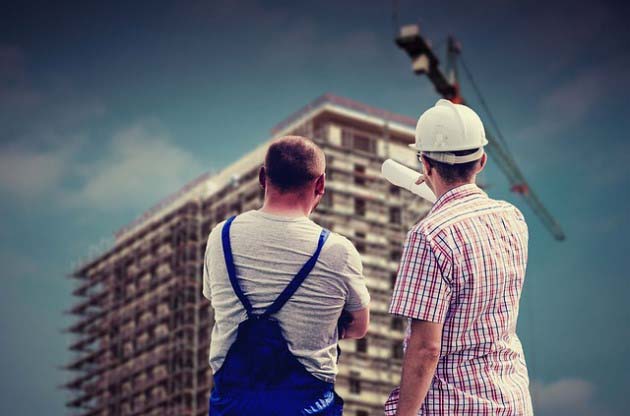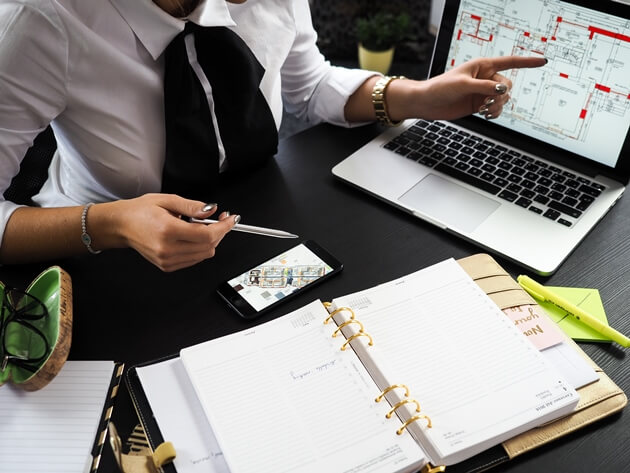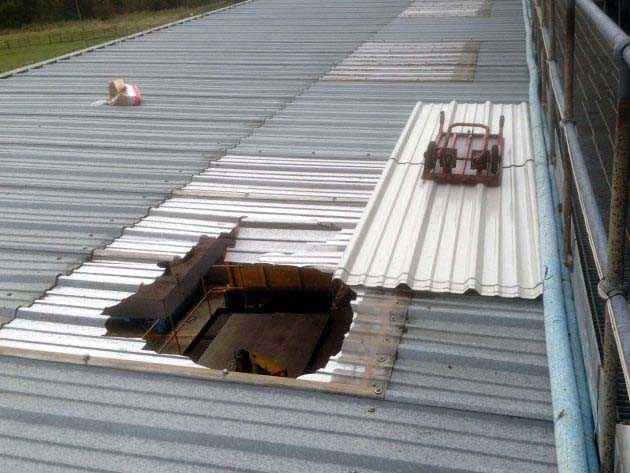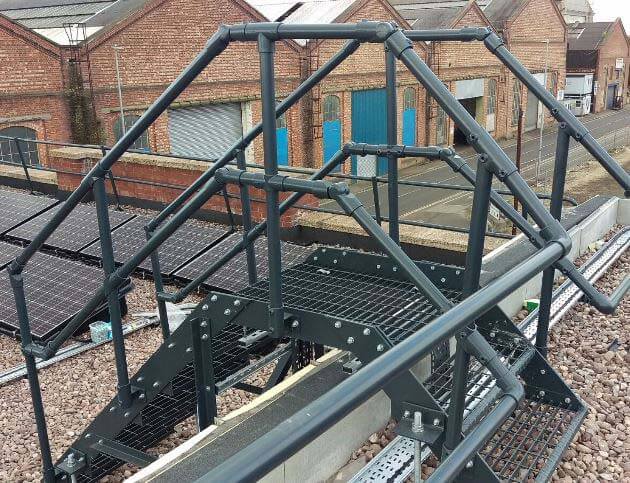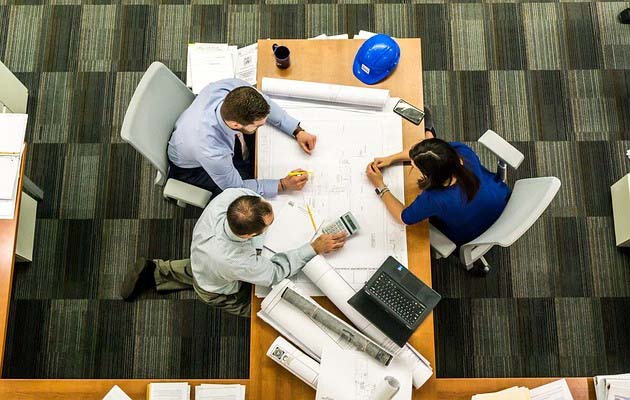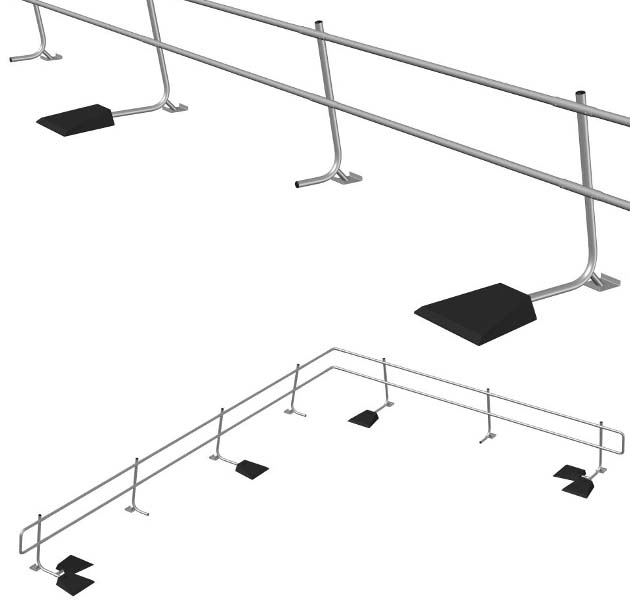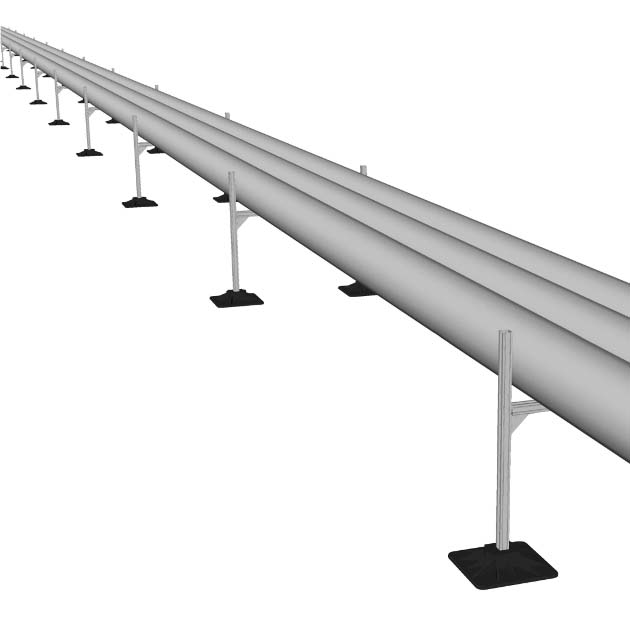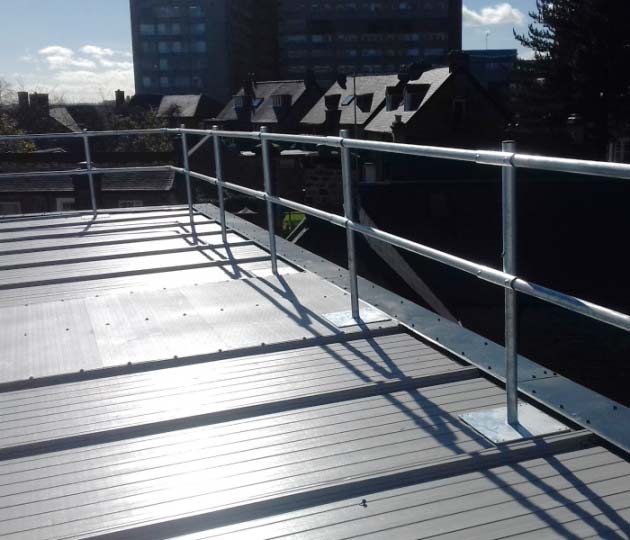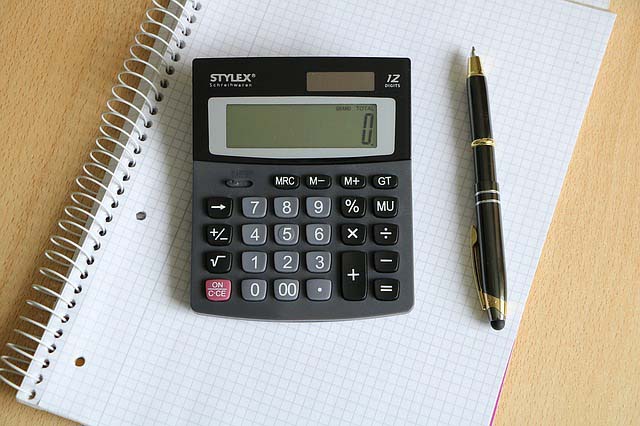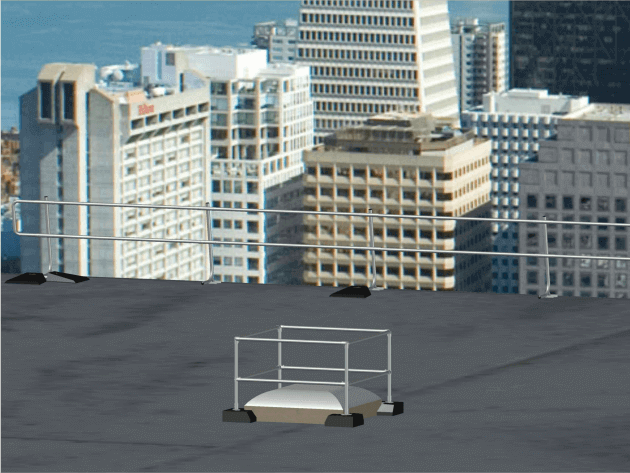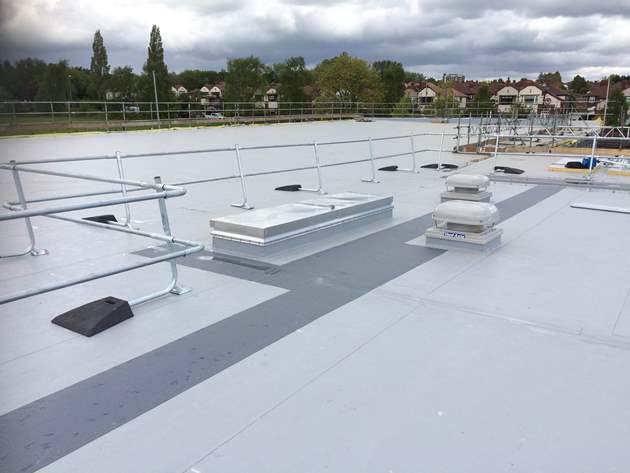Renewable energy is a useful business: it can save your company thousands of pounds every year – and even generate enough to sell back to the grid for profit. But how do you manage roof safety when you have fragile solar panels installed?
Before Installation of Your Solar Panels
Make sure that the roof of your business premises is in tip-top condition by conducting an in-depth roof inspection before the panels are fitted.
Take note of any potential hazards, such as loose cables on the floor, and find ways to remedy them – in this case, by installing cable trays to prevent cables becoming trapped under panels or workers from tripping over them.
You’ll also want to check the overall condition of the roof before your solar panel installation. Check for weather damage, slipped tiles or ripped membranes, and make any repairs required before your panels are put in.
Doing this will make sure your roof is protected from further damage, which is much harder to repair around installed solar panels. It’s also generally good practice to maintain roof inspections on a regular basis to ensure seasonal changes, wear and tear, and sudden weather conditions have not had a negative impact on your roof condition.
During Solar Panel Installation
It’s important to protect your workers as they install solar panels on your roof. Without providing a roof safety system, your business is liable for any accidents or injuries which may result.
As such, it’s worth looking at installing a roof safety system if you don’t already have one. We recommend a freestanding safety guardrail where possible, or a fixed parapet system. You could even use these components interchangeably depending on the roof areas to be protected.
A roof safety rail prevents falls and also can be used to limit access to authorised persons only. This is especially true if you lock access via a spring loaded lockable gate at the entrance to the protected area.
The freestanding rails are ideal as they don’t require any permanent installation, yet are just as reliable and stable as a permanent system. They can be constructed quickly and easily, and even moved to different areas on the roof with ease at any time – which could be helpful during your solar panel installation.
Make sure anyone working at height on your roof during the installation of your solar panels is aware of any hazards they may encounter, too.
As well as a roof safety rail, consider ensuring that stepover platforms and easy access ladders are available should your solar panels be installed on a multi-level roof.
After Solar Panel Installation: Ongoing Roof Safety
Once your solar panels are installed they will need regular maintenance, as does any other plant stationed on your rooftop.
Solar panels are fragile, however, so it may be worth considering protecting access near them to prevent accidental damage while other roof maintenance work is being carried out. This can easily be done by installing railings around your solar panels where appropriate, or boxing them off with skylight protectors so that the panels cannot be reached without purposeful access.
If you’re having solar panels installed on your business premises and would like advice about roof safety for your workers and new equipment, contact us today!
